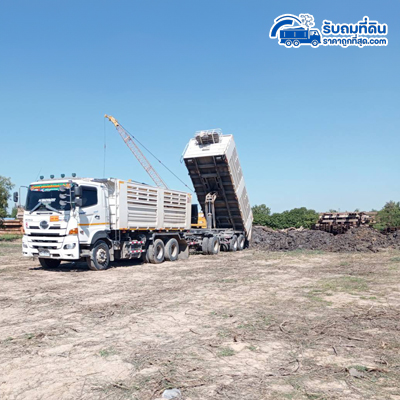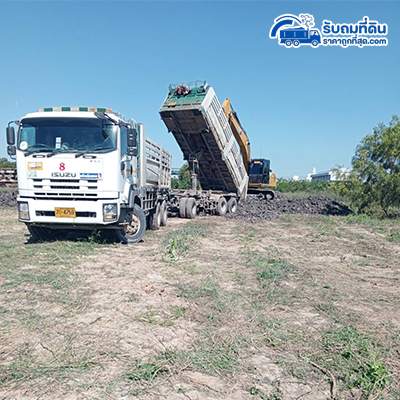Precision Land Filling: The Key to Strong Foundations
Precision Land Filling: The Key to Strong Foundations
Blog Article
Land filling is a crucial service for landscaping, construction as well as land improvement. If you're planning a land to build on, enhancing the appearance of your landscape or dealing with environmental issues Land filling plays crucial roles. This article provides an overview of Land Filling Service (รับถมที่ดิน), their importance, processes and the benefits they provide.

What is Land Filling?
Land filling involves adding elements like soil or sand, gravel or other aggregates, to an area of land to alter its shape, level, or composition. This service is often required in a variety of landscaping and construction projects. It is vital to provide a stable base for roads, buildings, and other structures, and also for leveling uneven terrain and improving drainage.
Types of Land Filling
Construction Land Filling: This involves preparing the area for building by filling the low-lying areas with soil or other materials. It makes sure that the ground is stable as well as level. This is essential to the stability of any structure constructed on it. Land filling for construction is usually performed in stages, starting with rough grading, and then fine grading to get the desired elevation.
Environmental Land Filling In this case Land filling is employed for environmental restoration projects like reclaiming abandoned mines, rehabilitating the wetlands, or for creating green spaces. The materials used for ecological land filling are typically carefully selected to help support plant growth and ensure the sustainability of the project.
Waste Land Filling involves the disposal of non-hazardous waste materials at specifically designated sites for landfill. Although it is usually connected to waste management, it can also be a component of land filling services in broader senses. Landfilling waste involves careful preparation and adherence to environmental regulations to prevent contamination and ensure long-term safety.
The Process of Land Filling
The process of filling the land starts with a thorough evaluation of the site. This may include soil testing, topographic surveys, and an evaluation of drainage and environmental impacts. Once the site is evaluated, materials are selected according to the requirements of the project.
The next step is to have the land cleaned by removing debris as well as leveling uneven ground and compacting the soil. The selected fill material is spread across the site in layers. Each layer is compacted to guarantee stability. The process could require heavy equipment like excavators, bulldozers, and rollers.
Benefits of Land Filling Services
Increased Stability: Landfilling ensures a sturdy and stable foundation that is essential in construction. It ensures that the ground can support the weight of structures, preventing problems like subsidence.
Improved Drainage: By changing the topography of the land, filling can improve drainage, while reducing the chance of water damage and flooding.
Environmental Restoration: Land filling can assist in the restoration of damaged ecosystems, reclaim wastelands, and promote sustainable use of land.
More Usable: Filling the gaps or areas that are uneven allows land to be used more effectively which allows for construction as well as agriculture or recreational development.

Conclusion
Land filling is an important service that is required in a variety of industries, from construction to environmental conservation. It ensures the stability of structures, improves the land's usability, and contributes to the restoration of the environment. When it is done right, it can transform landscapes, prevent hazards, and help promote sustainable development.
Report this page